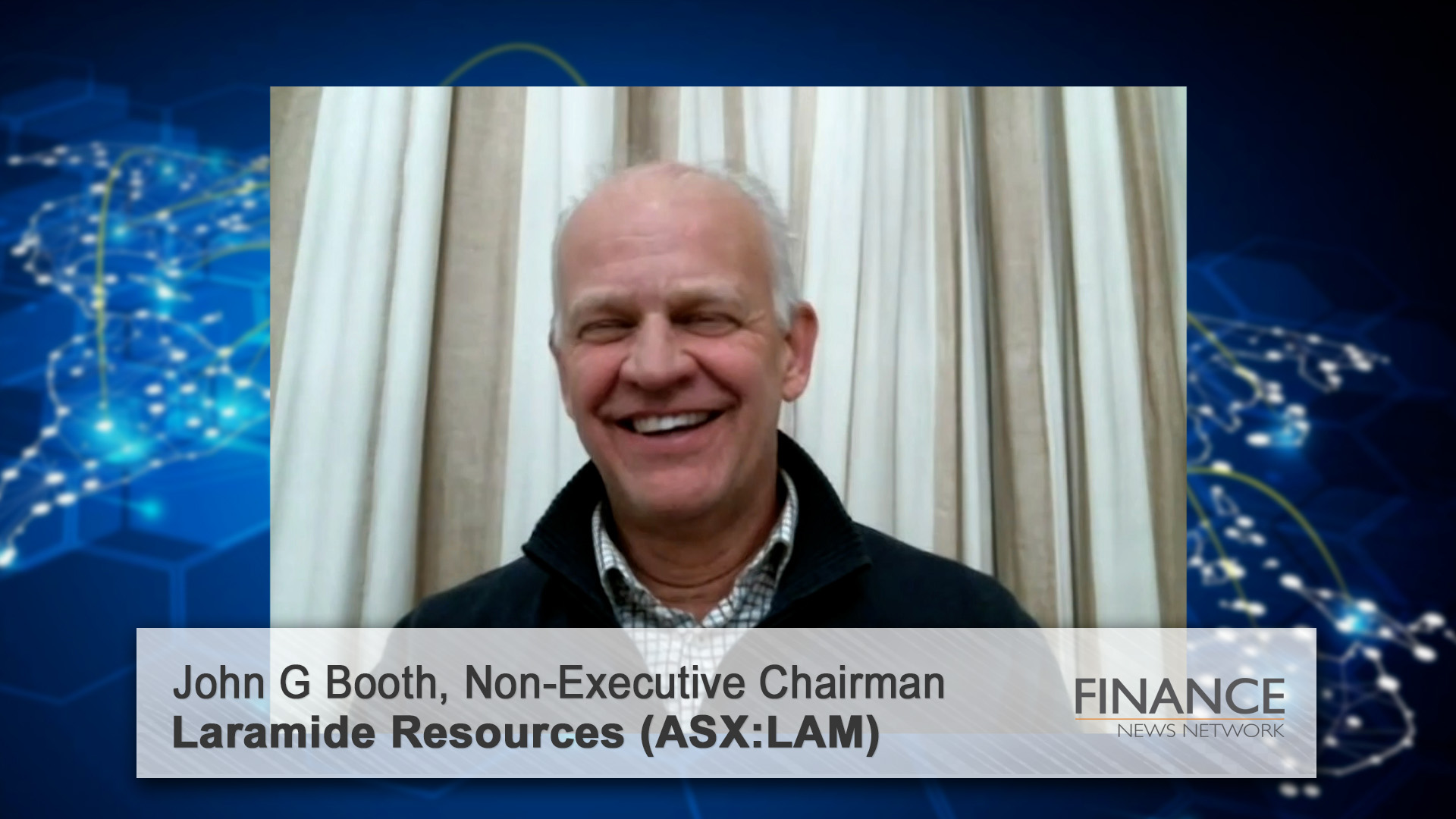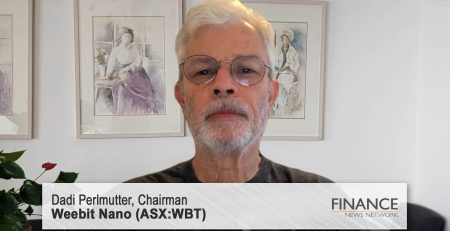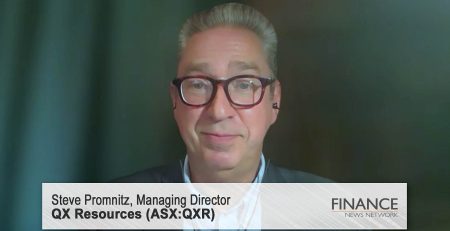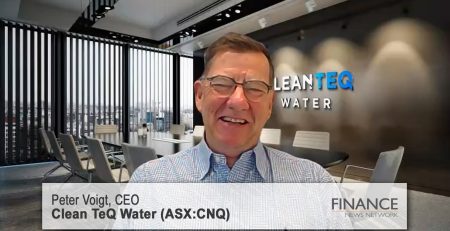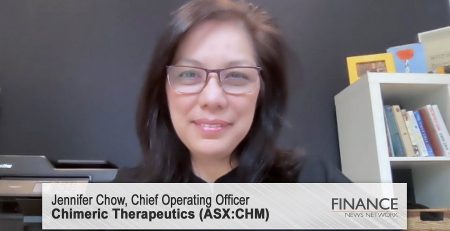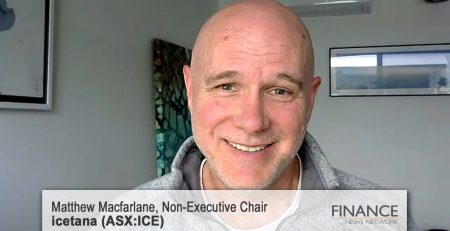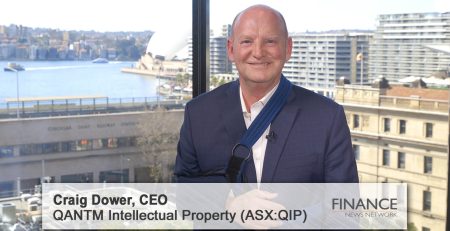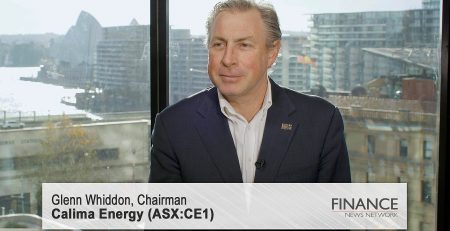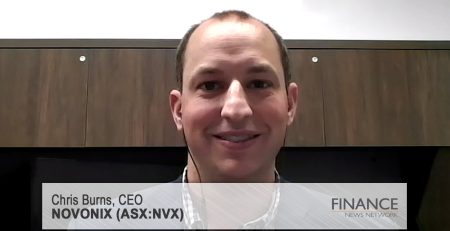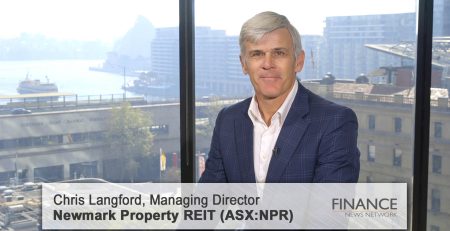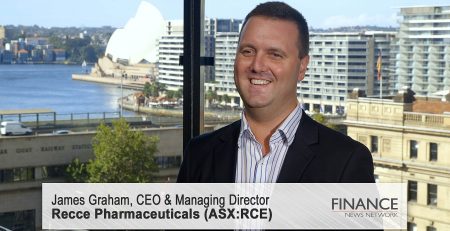Exploring Laramide Resources: uranium projects, grants, and future prospects in Australia and the US
Peter Milios: I am Peter Milios from the Finance News Network and today we're talking with Laramide Resources (ASX:LAM). Laramide is dedicated to exploring and developing top tier uranium assets in Australia and the Western United States. We welcome Laramide Resources' Non-Executive Chair John G Booth from his home in London. John, welcome to the network.
John G Booth: Thank you so much, Peter. It's a great pleasure to be with you.
Peter Milios: It is Laramide's first time on the network. So John, can you tell us a bit about the company?
John G Booth: Sure. Laramide is a cross-listed uranium development company. Our primary listing is in Toronto and a secondary listing in Australia. We have five key projects that are resource delineated and sixth with incredible exploration territory. The two large projects, our flagship projects are Westmoreland, which is in Queensland, Australia, and that's just over 50 million pounds of hard-rock at 0.08 and we have 51 million pounds ISR in New Mexico, which is a Church Rock deposit.
Peter Milios: John, the company has a number of projects in the pipeline. How does the company rank these projects in order of importance?
John G Booth: The company has two large flagship assets, one in the United States in New Mexico and one in Queensland, Australia. Both are in excess of 50 million pounds. The Queensland Project, Westmoreland has been with the company for almost 20 years. It is a hard-rock deposit. We had a PEA done on that in 2016, which gave us an NPV of 400 million US dollars with a $65 uranium price. So as you could imagine, with an $80 spot price today, that's presumably considerably more valuable. And then we have this 51 million pound ISR project in New Mexico, which is one permit away from being able to be brought into production. That last permit is a water reclamation permit, and that was granted to the previous owner in 2016. And then as we have purchased the project from them, we have to go through the similar permitting process but all the other permits are in place there.
Peter Milios: And John, the company recently received a grant from the Department of Energy. How important was this grant and can we expect further support from the DOE and the US government?
John G Booth: The grant was very much a one-off as far as I understand, but it was extremely supportive not only from giving the imprimatur of Los Alamos Labs, but allowing us to undertake the work in conjunction with the DOE and Los Alamos for that water reclamation lab final permit that I alluded to earlier. So the amount might seem small at 2 million, but it's actually a very useful validation point for us.
Peter Milios: And John, there are several deliverables across the projects with regards to environmental and indigenous approvals. What is the status of these and what can we expect to see going forward?
John G Booth: We have five projects in the company. I alluded to our two flagship projects earlier. We have very good social licence with the Westmoreland project and we've been working on that for, like I said, the better part of 20 years. We also have exploration projects just across the Northern Territory border and we've also been working on that social licence. So things are in good shape from an Australian social licence standpoint with the native title holders or traditional owners. So in terms of addressing your question on the environmental side of things, the only permit, as I mentioned earlier that's missing for the production at Church Rock, which is the 51 million pound ISR project, is on the water reclamation side. The other three projects in the US, there are no environmental issues.
There's La Sal, which is a high grade project which will probably be producing between 500 to 600,000 pounds a year for about a six-year mine life is just up the road from the White Mesa Mill owned by Energy Fuels. They've just been making noises about turning their mill back on. That mill has traditionally run on either a vanadium, uranium or rare earth circuit. They've been on rare earth, they're now looking to reactivate it on uranium without having sufficient feedstock. So we've going to have a good opportunity there to get that into production. No environmental issues, at its built, ready to go. La Jara Mesa, which is another 10 million pound hard-rock deposit also in New Mexico in the grants prolific historic uranium mining belt, that is above the water table. So no environmental issues there as far as we know.
Peter Milios: So John, from a shareholder and investor perspective, what is the key news flow we should be looking for in the next 12 months?
John G Booth: So one of the things we've announced to the market is that we will be delivering a PEA on our 51 million pound ISR project in Church Rock in New Mexico. That PEA should be out in the next couple of weeks. And obviously the key factors there is as it's an ISR, we expect it to be reasonably low CapEx, just working on how long the actual life of project will be. ISR projects obviously, the economics will depend a lot on terms of the timeframe in terms of how quickly you're able to extract the resource. So that would be the the first deliverable that would come off the rank. Then we're looking at further news flow potentially from, as I mentioned earlier, Energy Fuels to the extent that they turn on their mill and we might be able to be them in a position to put our La Sal deposit into production. Those would be the sort of the two initial things that are first off the rank as it were for news.
Peter Milios: And now shifting our focus to the Australian landscape, what do you expect to see over the next 12 months?
John G Booth: We have some ongoing exploration at Westmoreland and across the border in a package we picked up from Rio Tinto called the Murphy Tenement. We've done some exploration for the first time, in a long time, in Westmoreland this year. We've published about a quarter of our drill results to date. So we've got three quarters of those still to come. But over the coming year we've got incredible targets we've identified in both tenements. Incredible step outs, settleometer meetings that are off the charts in various spots. So it's actually a very, very exciting prospective area.
Peter Milios: Finally, John, you recently completed an equity funding round. Is the balance sheet now sufficiently funded to support the company's planned activities for the next 12 to 18 months?
John G Booth: Yeah, we just completed a brokered round in Australia and that was interesting for us for a couple of reasons because we've had a primary Canadian listing for a number of years. We haven't had a very active trade on the Australian cross-list courtesy of the IPO that we did down there just over 10 years ago. So this placement was very much geared towards Australian institutions towards activating that side of the trade. The 15 that we now have, we raised 12 Australian, we had about three Canadian going into that raise, should be sufficient for the next year depending on how much we want to ramp up activities. But yeah, we're in a good position from a financing standpoint.
Peter Milios: John Booth, thank you for your time.
John G Booth: My pleasure.
Ends
Copyright 2023 – Finance News Network
Source: Finance News Network

